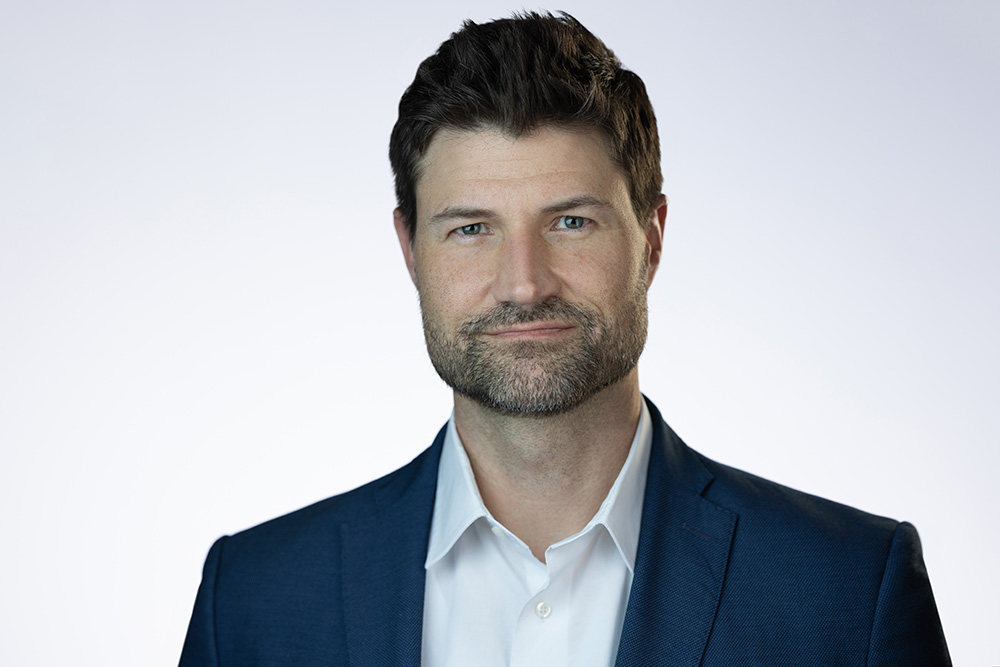I was failing as a leader.
I led a group in a previous organization that was responsible for building products that drove sales for the division, and it was our second year underperforming on our targets.
In a state of panic, I would push the team to take action on all sorts of initiatives, hoping that some random project would finally punch through the blockage and open a stream of revenue. Unsurprisingly, the frenetic activity not only didn’t work, but it also produced an unhealthy burden on the team who already felt sustained stress around their performance.
In desperation, I simplified the plan and began ruthlessly prioritizing our work. My mindset shifted from what the team could do to what the team should do. And as I personally discovered, the difference between “could” and “should” is the difference between success and failure in a resource-constrained environment. To systematically assess each initiative, I began to use a set of criteria that eventually evolved into the FIRST framework described below.
Future: The initiative/project will be critical to the organization’s future success (1=very unlikely, 7=very likely)
Impact: The initiative/project will make a significant impact on current performance (1=very unlikely, 7=very likely)
Reach: The initiative/project will have a wide-ranging impact on critical stakeholders (1=very unlikely, 7=very likely)
Strategy: The initiative/project will directly support the execution of the larger strategy (1=very unlikely, 7 = very likely)
Timing: The timing for this initiative/project is right based on current contextual factors (1=very unlikely, 7=very likely)
The assessment of each initiative was quick and painless. The team looked at each initiative and gave it a score for each criterion. We then added up the scores and that became the initiative’s Prioritization Score. I allocated resources accordingly and the team maintained discipline in focusing their time and energy on only those initiatives with the highest Prioritization Scores.
Not only did it reduce my team’s burnout, but it also clarified our value proposition to the market, making our products easier to sell. Within a few short months, the team began operating on a tremendous growth curve, exceeding targets quarter after quarter, with no attrition – all thanks to simple, clear prioritization.
There are lots of things that your team could do in 2024, but only a few things that your team should do this year. Your job as a team leader is to make the hard choices between “could” and “should” and the FIRST framework is a simple tool that you can use to point your team in the right direction.
Interested in learning more about how your team can prioritize the important work? Reach out here!




